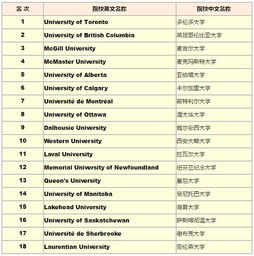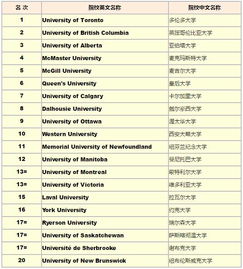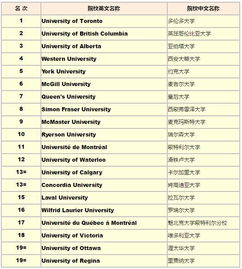Understanding Uni Ranking: A Comprehensive Guide
When it comes to choosing a university, the term “uni ranking” often comes up. But what exactly does it mean, and how can it help you make an informed decision? In this detailed guide, we’ll delve into the various aspects of uni ranking, providing you with a comprehensive understanding of how these rankings are compiled and what they can tell you about a university.
What is Uni Ranking?

Uni ranking, also known as university ranking, is a system used to compare and evaluate universities based on a variety of criteria. These criteria can include academic reputation, faculty-student ratio, research output, and more. The goal of uni ranking is to provide prospective students, faculty, and administrators with a way to compare universities and identify those that excel in specific areas.
How are Uni Rankings Compiled?

Uni rankings are typically compiled by independent organizations, such as QS World University Rankings, Times Higher Education World University Rankings, and the Academic Ranking of World Universities (ARWU). These organizations use a variety of methods to gather data and assess universities, including surveys, academic publications, and citations.
Here’s a brief overview of the methods used by some of the most well-known uni ranking systems:
| Ranking System | Data Sources | Methodology |
|---|---|---|
| QS World University Rankings | Academic surveys, employer surveys, faculty citations, and international student ratio | Combination of academic reputation, employer reputation, faculty/student ratio, citations per faculty, student-to-faculty ratio, international faculty ratio, and international student ratio |
| Times Higher Education World University Rankings | Teaching, research, citations, international outlook, and industry income | Teaching (the learning environment), research (volume, income, and reputation), citations (research influence), international outlook (staff, students, and research), and industry income (knowledge transfer) |
| Academic Ranking of World Universities (ARWU) | Academic publications, citations, and the number of Nobel laureates | Based on the number of alumni and faculty winning Nobel Prizes and Fields Medals, the number of highly cited researchers, the number of articles published in Nature and Science, and the number of articles indexed in the Science Citation Index and Social Science Citation Index |
What Can Uni Rankings Tell You?

Uni rankings can provide valuable insights into a university’s strengths and weaknesses. Here are some of the key things you can learn from uni rankings:
-
Academic Reputation: Rankings often reflect the opinions of academic experts and employers, giving you an idea of a university’s reputation in the field.
-
Research Output: Rankings can indicate the level of research activity at a university, including the number of publications and citations.
-
Faculty Quality: Rankings often consider the qualifications and experience of faculty members, providing an indication of the quality of teaching and research.
-
Student Experience: Rankings may include data on student satisfaction, faculty-student ratio, and resources available to students.
-
International Outlook: Rankings can show how well a university attracts international students and faculty, as well as its engagement with the global community.
Using Uni Rankings to Make an Informed Decision
While uni rankings can be a useful tool, it’s important to remember that they are just one factor to consider when choosing a university. Here are some tips for using uni rankings effectively:
-
Compare Rankings: Look at multiple ranking systems to get a well-rounded view of a university’s performance.
-
Consider Your Priorities: Focus on the criteria that are most important to you, such as academic reputation, research output, or student experience.
-
Visit the University: Nothing beats firsthand experience. Visit the campus, meet with students and faculty, and get a feel for the university’s culture.
-
Research Beyond Rankings: Look into other factors, such as the university’s location, extracurricular activities, and career opportunities.
